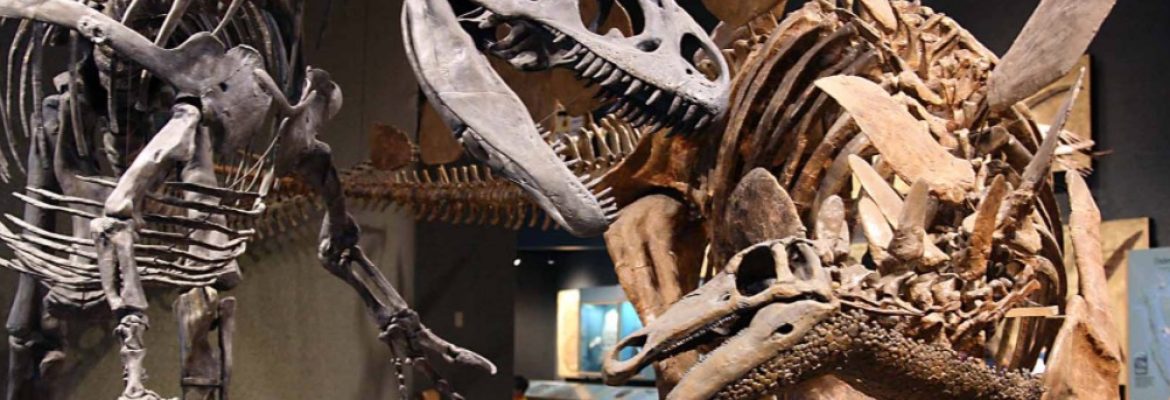Denver Museum of Nature & Science, Denver, Colorado, USA
Be a catalyst! Ignite our community’s passion for nature and science.The Denver Museum of Nature & Science envisions an empowered community that loves, understands, and protects our natural world. We love science. We are curious, creative, and playful. We cultivate relationships with each other, diverse communities, the environment, and for our future.
The story of the Denver Museum of Nature & Science begins in 1868, when Edwin Carter moved into a tiny cabin in Breckenridge, Colorado, to pursue his passion: the scientific study of the birds and mammals of the Rocky Mountains. Almost single handedly, Carter assembled one of the most complete collections of Colorado fauna then in existence.
Word of Carter spread, and in 1892, a group of prominent Denver citizens declared their interest in moving his collection to the capital city for all to see. Carter offered to sell the entire collection for $10,000. The founders also secured an impressive collection of butterflies and moths, and a stunning collection of crystallized gold.
Together, these three collections formed the nucleus of what would become the Colorado Museum of Natural History, officially incorporated on December 6, 1900. After years of preparation and construction, the Colorado Museum of Natural History finally opened to the public on July 1, 1908. John Campion, the first president of the board, said in his dedication address, “A museum of natural history is never finished.” How true these words have proven to be.
From the day it opened, thousands of visitors passed through the doors to see the treasures inside. The first director was hired and quickly recruited staff to build more exhibits and create public programs. By 1918, another wing had opened and research efforts were well underway.
A discovery in 1926 put the Museum on the map. A crew working near Folsom, New Mexico, unearthed stone projectile points alongside the bones of an extinct bison species. These “Folsom points” proved that humans lived in North America more than 10,000 years ago, hundreds of years earlier than previously believed. The Museum was propelled to the forefront of archaeological research, the beginning of contributions to science that continue today.
The Museum is also noted for its world-famous wildlife dioramas. In the mid-20th century, under the leadership of director Alfred Bailey, staff traveled to six continents collecting specimens. Back home, workers painstakingly re-created the habitats using painted backgrounds, special lighting, and carefully crafted reproductions of plants and flowers. Today the Museum has 89 wildlife dioramas throughout its halls.
By the time the Museum turned 50 years old, more than 1 million people had visited, the building continued to expand, and it had a new name: the Denver Museum of Natural History. A year later, the first planetarium opened in a small room equipped with a star projector and fabric dome, which eventually morphed into what is today the digital Charles C. Gates Planetarium. The Museum celebrated its 75th anniversary with the opening of Colorado’s first IMAX theater when Phipps Auditorium, which for 40 years was home to popular programs for adults and children, was converted into the giant-screen venue. In 2010, 3D technology was added to the IMAX experience.
The north and south building and atrium additions in 1987 introduced a new era. The expansive spaces accommodated the enormously popular temporary exhibition Ramses II: The Great Pharaoh and His Time. This success brought about another unexpected outcome. Although volunteers had always been key to Museum operations, more than 1,000 new ones were recruited to work in Ramses. To this day, the Museum continues to have one of the largest museum volunteer corps in the country.
The north wing became home to Prehistoric Journey in 1995, introducing new techniques in exhibitry, such as “enviroramas” that use distinct


